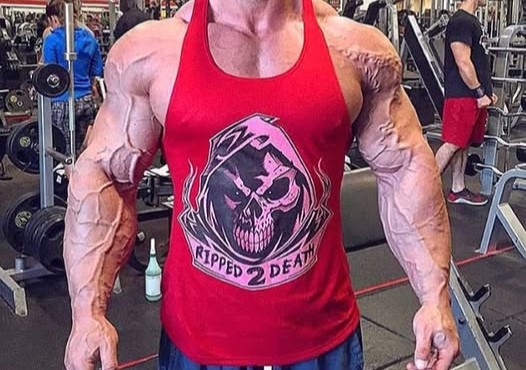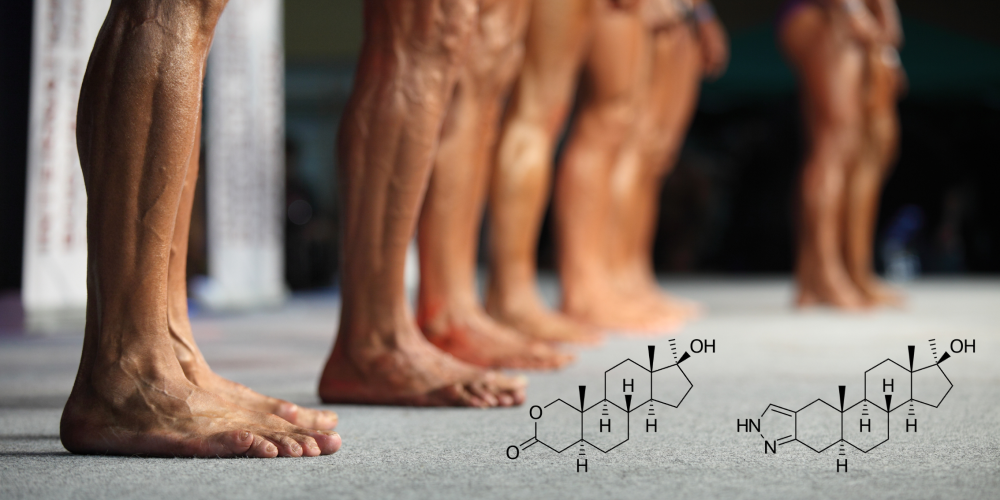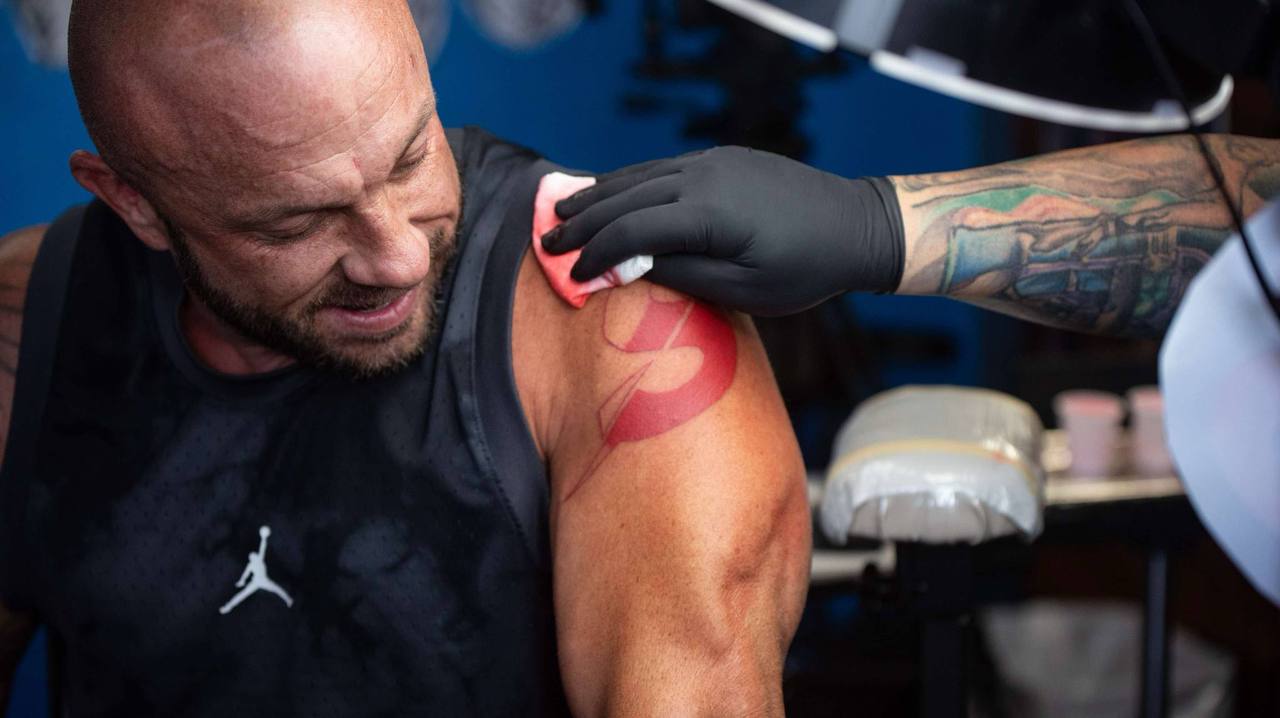Botulinum Toxin: explaining the smooth and more
Botulinum toxin, most commonly known by its brand name Botox, has been a revolutionary tool in aesthetic medicine for several decades now. Initially developed for medical conditions like muscle spasms and migraines, it quickly gained popularity for its ability to reduce wrinkles and fine lines. But how exactly does botulinum toxin work, and why has it become such a popular procedure for smoother, younger-looking skin?
Botulinum toxin is a neurotoxin produced by the bacterium Clostridium botulinum. While it’s most infamous for causing botulism, a rare and potentially fatal illness, the purified and diluted form used in cosmetic procedures is safe if administered correctly. The toxin works by temporarily blocking the signals between nerves and muscles, preventing the muscle from contracting.
When injected into specific facial muscles, botulinum toxin relaxes these muscles, smoothing out the overlying skin and reducing the appearance of dynamic wrinkles—those that form due to repeated facial expressions like frowning, smiling, or squinting.
The 3 main characteristics you can expect from botulinum toxin
Wrinkle Reduction
- Wrinkles form due to a combination of factors, including collagen breakdown, loss of skin elasticity, and repetitive facial movements;
- Botulinum toxin targets dynamic wrinkles, which are caused by muscle movement. By temporarily paralyzing the muscles responsible for these movements, the skin above them smooths out, leading to a more youthful appearance;
Preventive treatment
- Interestingly, botulinum toxin is now being used not only to treat existing wrinkles but also as a preventive measure;
- Younger individuals are opting for Botox to prevent wrinkles from forming in the first place, by minimizing repetitive muscle movements that lead to deep lines over time.
Skin texture and oiliness
- While its primary use is for wrinkles, some patients report that their skin texture improves after botulinum toxin treatments;
- This is thought to be due to the relaxation of facial muscles, leading to a smoother skin surface and less noticeable pores;
- Additionally, since Botox can reduce oil production in certain areas, it may help with conditions like acne or oily skin.
Botulinum toxin is typically used on areas of the face that show the most expression and, therefore, the most wrinkling over time. These areas include, but aren’t limited to:
- Forehead lines: horizontal lines that form when you raise your eyebrows;
- Crow’s feet: fine lines at the corners of the eyes that appear when you smile or squint;
- Frown lines (glabellar lines): vertical lines between the eyebrows that show up when you frown or concentrate.
In addition to these, Botox is now being used in more unconventional areas like:
- Neck lines: horizontal bands around the neck, often referred to as “tech neck.”;
- Jawline and chin: to create a more contoured appearance or reduce a square jaw caused by overactive masseter muscles.
A botulinum toxin procedure is relatively quick, typically less than 20 minutes. A trained professional will inject small amounts of the toxin into targeted areas using a fine needle. Most patients experience minimal discomfort, and there’s little to no downtime after the procedure. Mild swelling or bruising may occur, but these side effects typically subside within a few days.
Results begin to appear within 3 to 7 days, with the full effect being visible after two weeks. The effects last about 3 to 6 months, after which the muscle activity gradually returns, and the wrinkles may begin to reappear.
Myths regarding Botox
Although very popular, some myths exist regarding Botox. Let’s debunk a few of those, shall we?
“Botox will freeze my face”
Yes, overuse can lead to a “frozen” appearance, but a skilled injector and moderate quantities can achieve natural-looking results. The key is in using just the right amount and targeting specific muscles without overdoing it.
“It’s only for older people”
More millennials and even some in their early twenties are seeking preventive Botox. The idea is that by reducing muscle movement early, they can delay the formation of deeper lines later in life.
“It’s dangerous”
When administered by a qualified professional, Botox is safe. The dose used for cosmetic treatments is tiny in comparison to the amount that could cause harm. However, it’s always a good idea to seek treatment from licensed professionals to avoid complications.
Although already consolidated in the skin care industry, new research into botulinum toxin continues, and new uses for this versatile treatment are emerging. There’s ongoing exploration into its potential for treating conditions like rosacea, reducing pore size, and even improving skin elasticity. With advancements in technology and technique, the future of Botox in skin care may go beyond just aesthetics and wrinkle reduction.
In conclusion, botulinum toxin has become a very common procedure in the fight against skin aging, offering a quick and minimally invasive way to reduce wrinkles and enhance skin texture. Whether used for treatment or prevention, it remains one of the most effective and widely sought-after solutions for smoother, youthful skin, making it a safe and reliable choice in the ever-growing market of aesthetic medicine.









